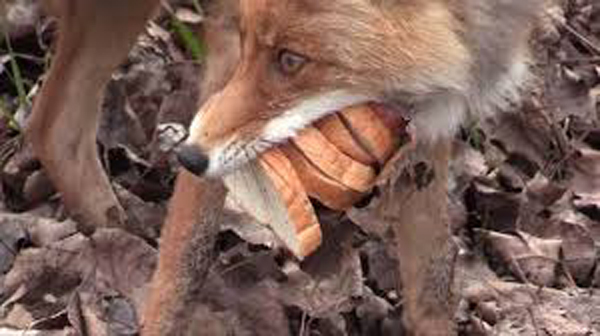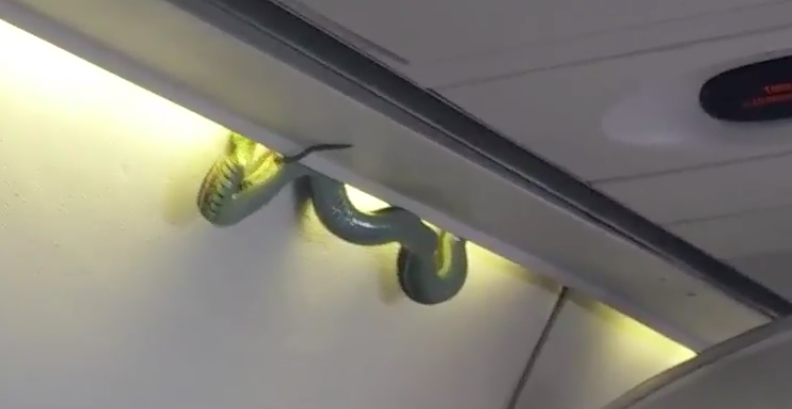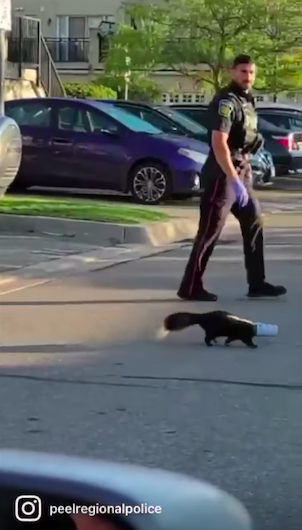A conservation group in Colombia is breeding sought-after exotic frogs in an attempt to thwart traffickers from capturing the animal and selling them to collectors illegally.
Treasures of Colombia is located in a small farmhouse in the forests. Inside, breeder Ivan Lozano inspects dozens of glass containers that hold some of the world’s most coveted frogs.
The conservationist has been fighting the illegal trade in rare tropical frogs for years, risking his life to save the brightly coloured, poisonous amphibians whose population in the wild is dwindling.
But Lozano doesn’t hunt down poachers and smugglers. He’s trying to undermine them by breeding exotic frogs legally and selling them at lower prices than specimens plucked by traffickers from Colombia’s jungles.
His frog-breeding centre, Treasures of Colombia, is among a handful of programmes around the world that are trying to curtail the trafficking of wild animals by providing a more eco-friendly alternative: specimens bred in captivity.
“We can’t control the fact that in some countries it is legal to own these animals,” Lozano said in a story from the Associated Press.
A cache of Oophagas, poison-dart frogs containing that are found in Central and South America, from Nicaragua through the Colombian El Choco to northern Ecuador, were confiscated, according to a posting on the centre’s Facebook site.
We are deeply saddened about this recent news about another large group of Oophagas that were confiscated at the Bogota airport. As this has been happening for decades, this confiscation is the result of the local authorities commitment to improve controls against smuggling of wildlife. Right now we are collaborating giving them husbandry information and food while they decide their destination (we are not allowed to receive any of them due to national regulations. We hope all of them can go back to the wild)
Colombia is home to 734 frog species, more than any other country except Brazil. The Humboldt Institute, an environmental research group, says at least 160 amphibian species in Colombia are critically endangered.
“This is an urgent situation,” Lozano said. “If we don’t persist some frogs could become extinct.”
The centre takes in orders from customers and ships out frogs, including the Saddleback red & black O. histrionicas in the feature picture.
Photos: Peter Rockstroh




